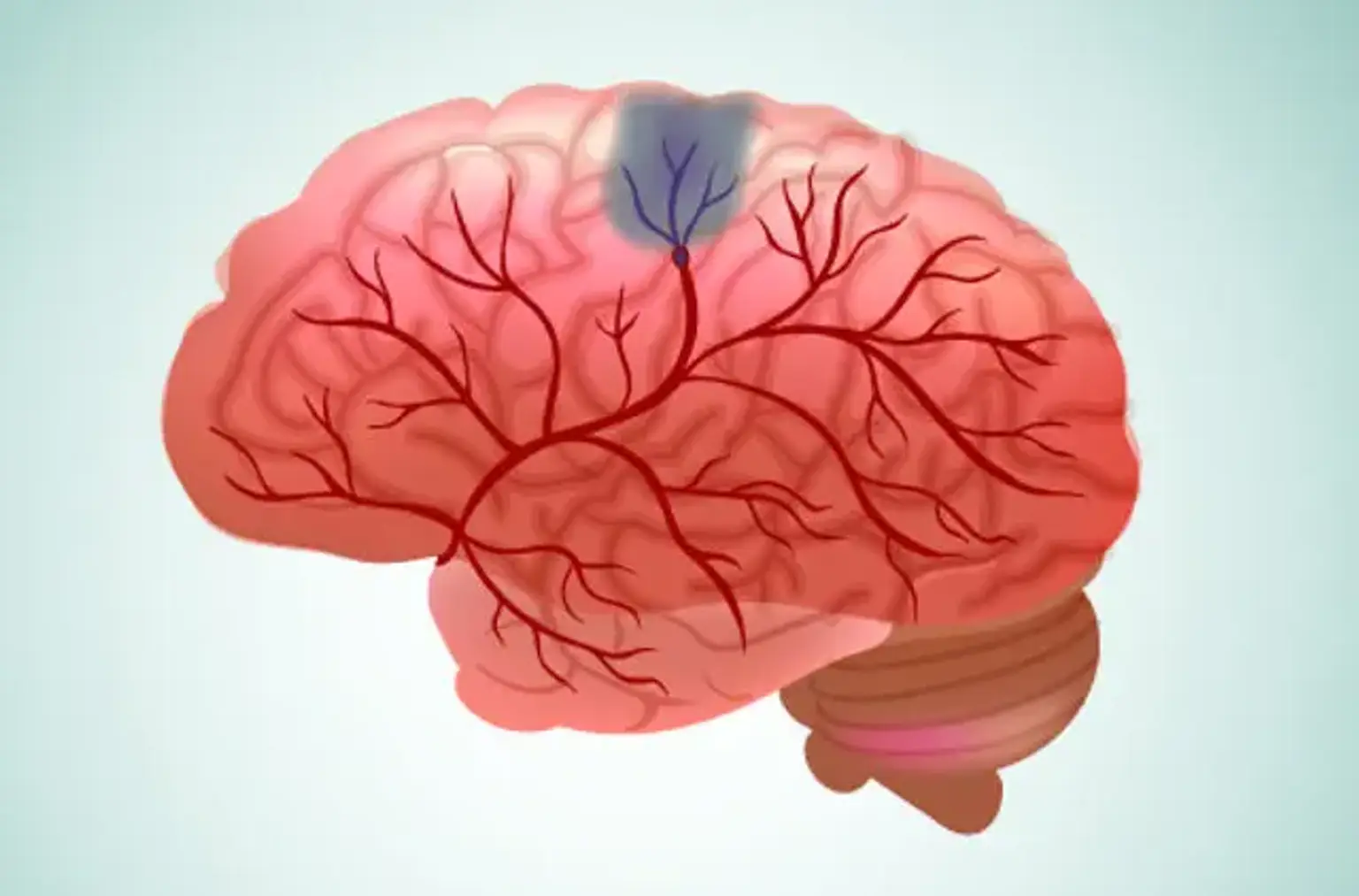Cerebrovascular diseases
Cerebrovascular disease is a term that encompasses a variety of diseases, ailments, and disorders affecting the brain's blood flow and blood vessels. Brain damage can occur if the brain cells are deprived of sufficient oxygen due to a blockage, deformity, or hemorrhage.
Generally, cerebrovascular diseases are among the leading cause of death in both children and adults. On the other hand, you can take the necessary steps to decrease the chances of getting the disease.
